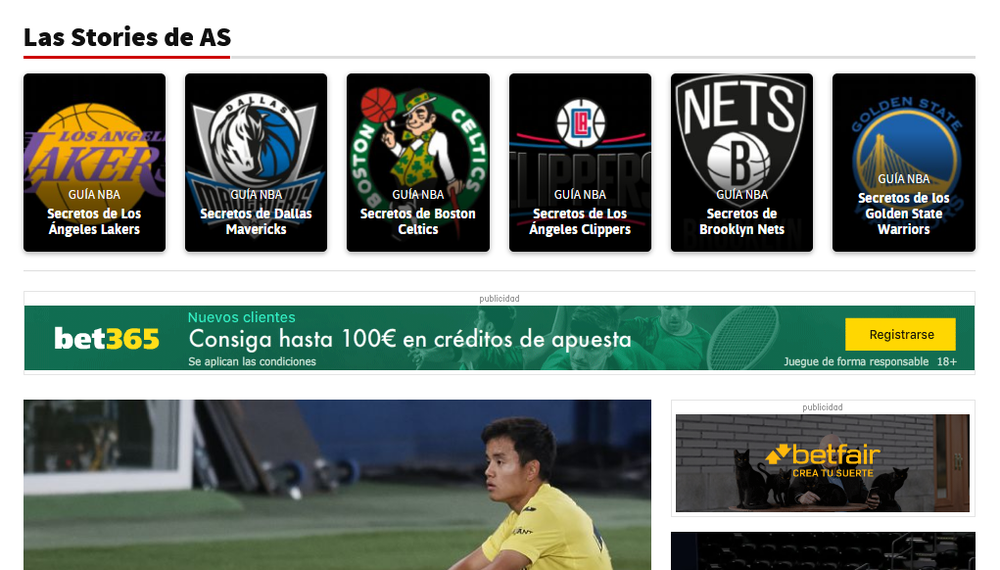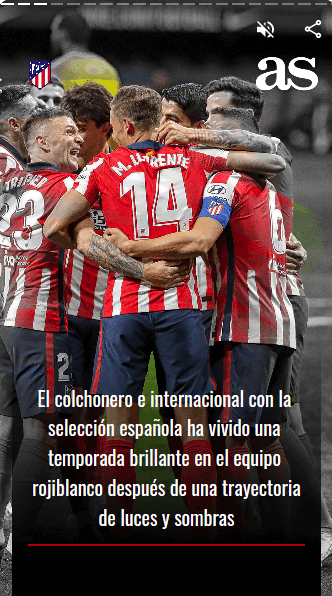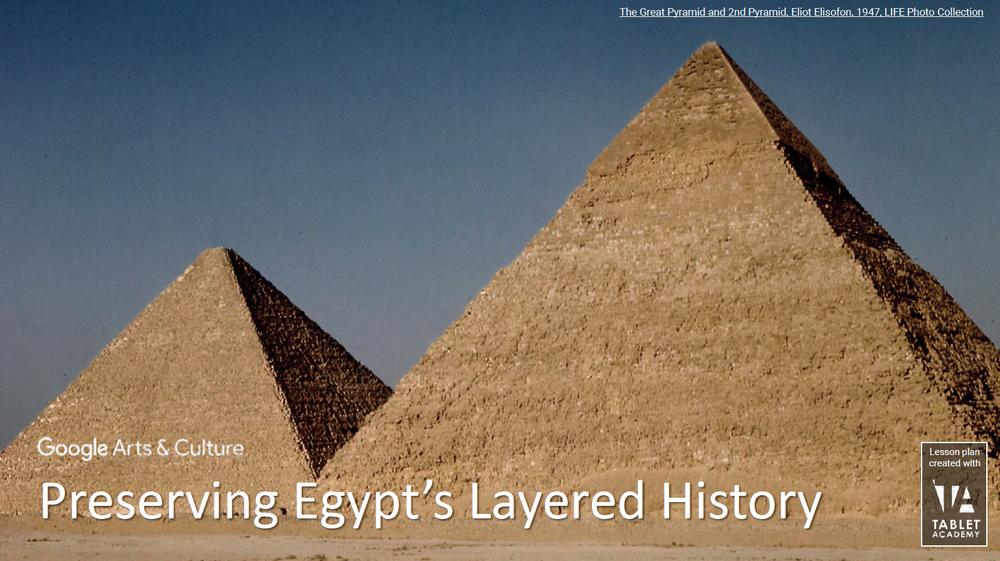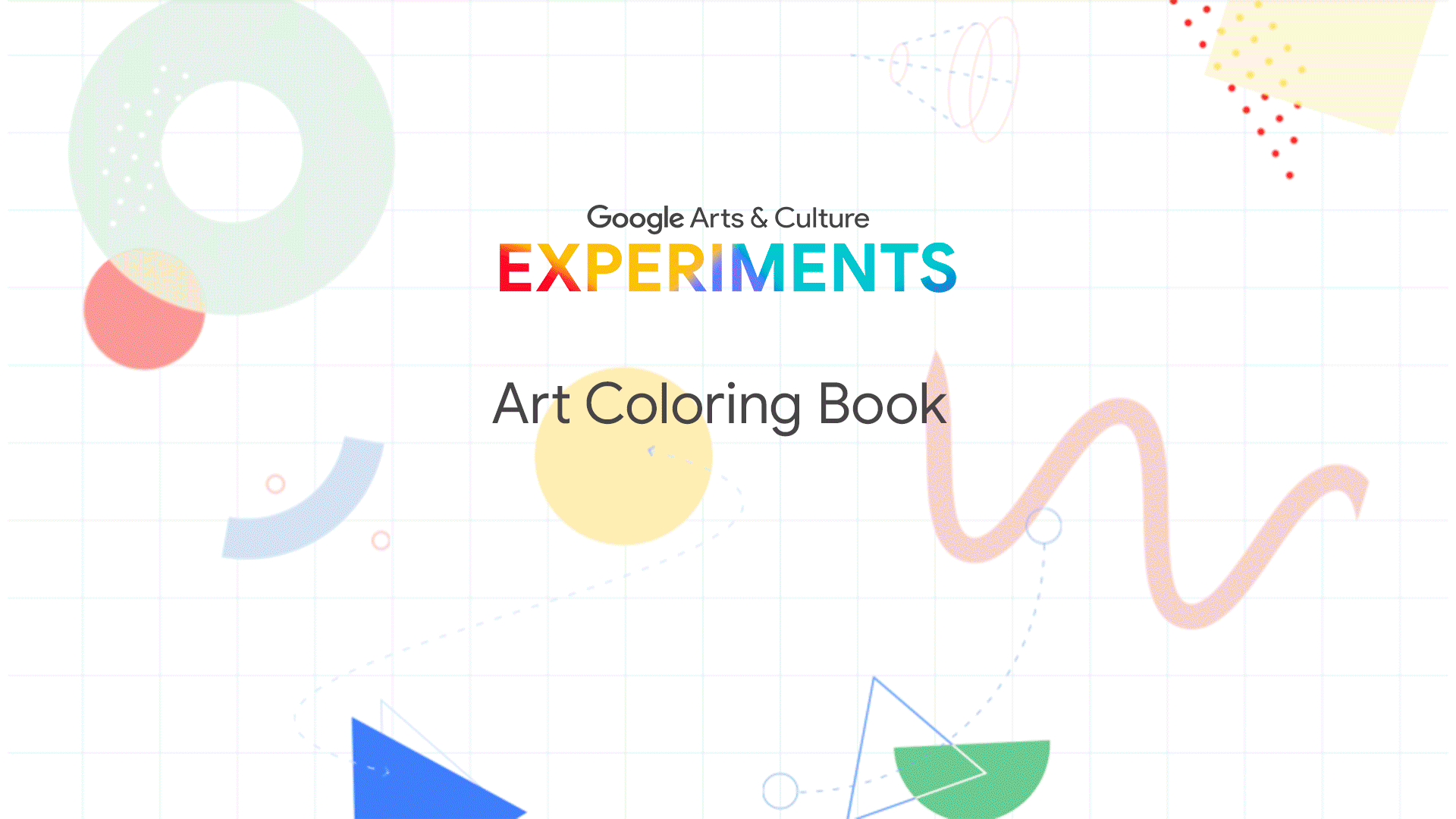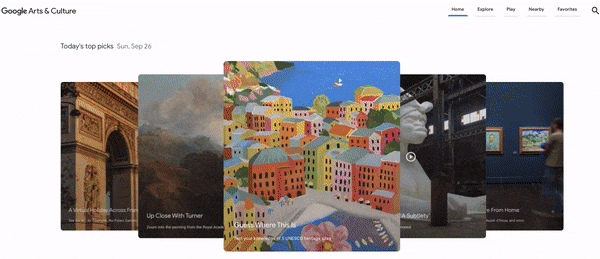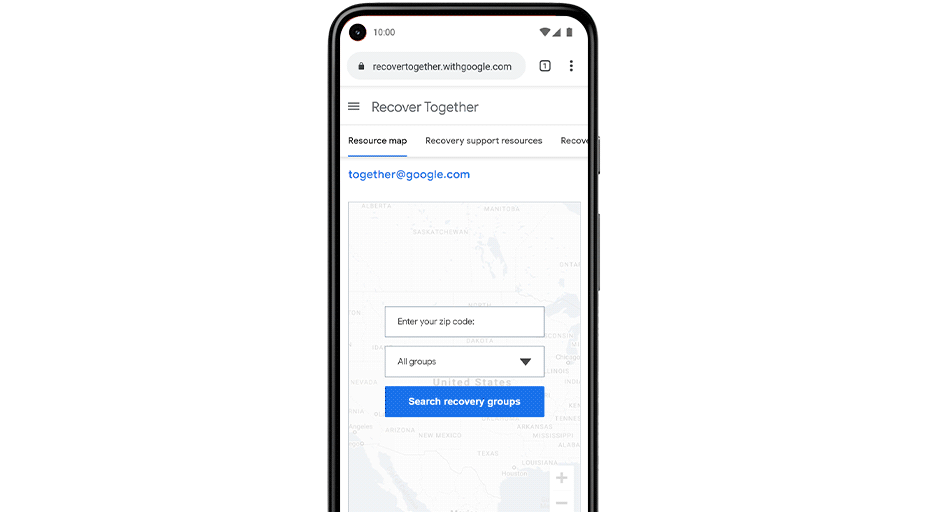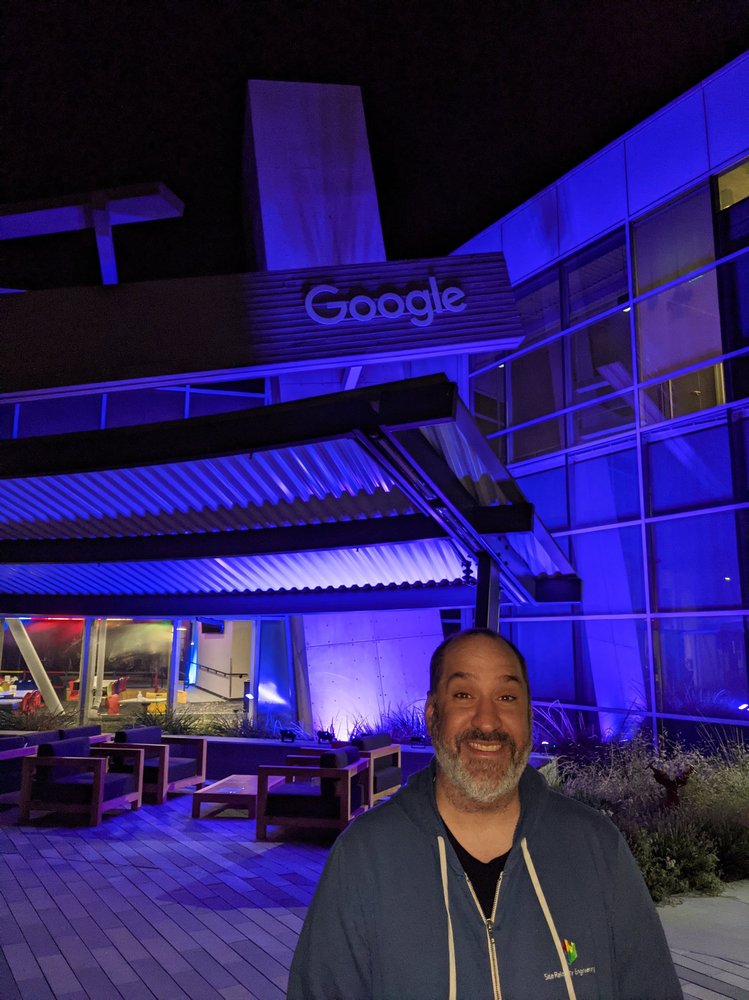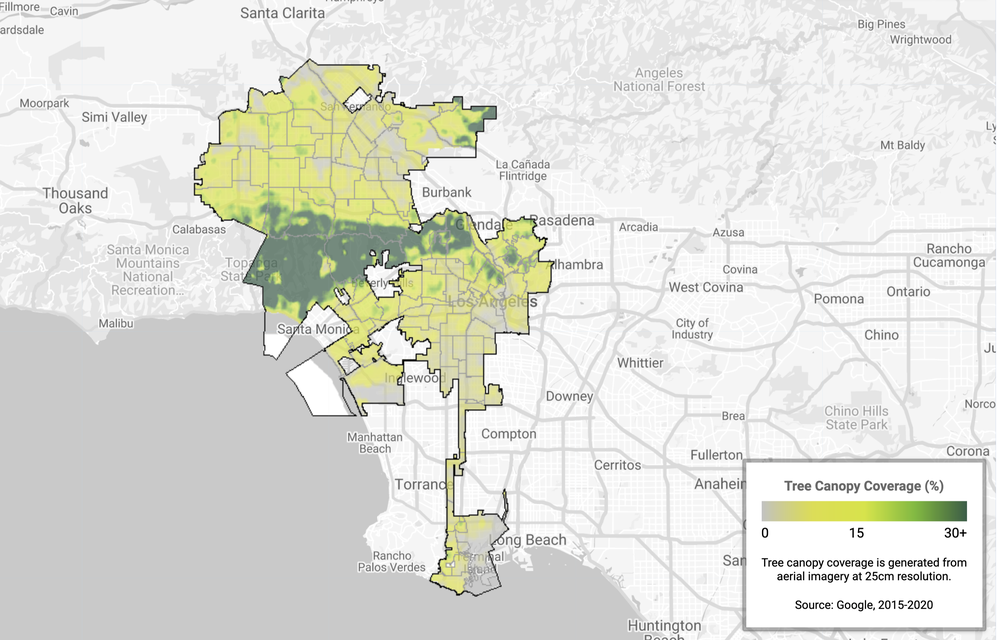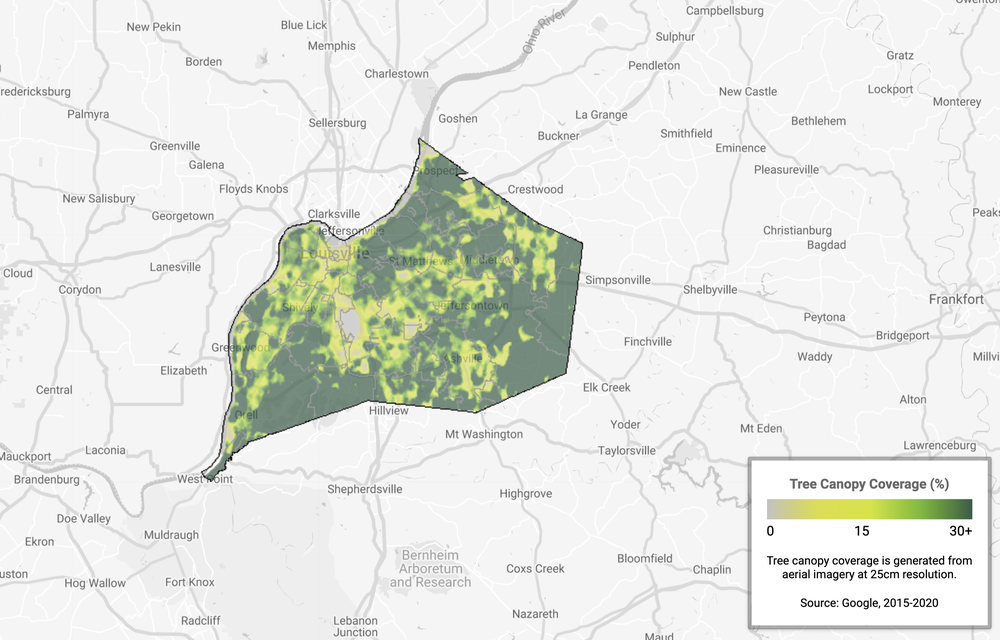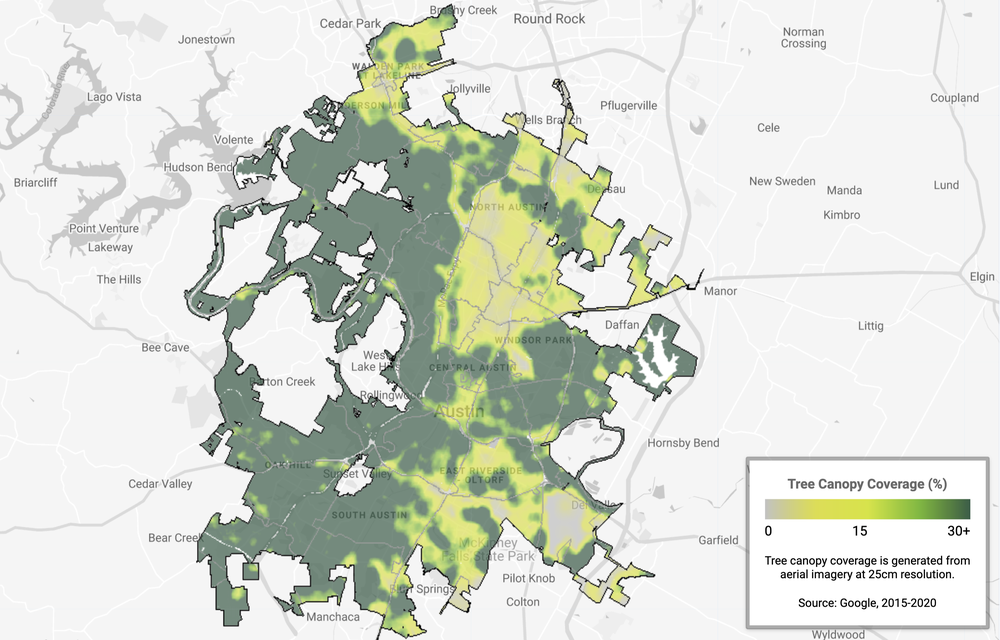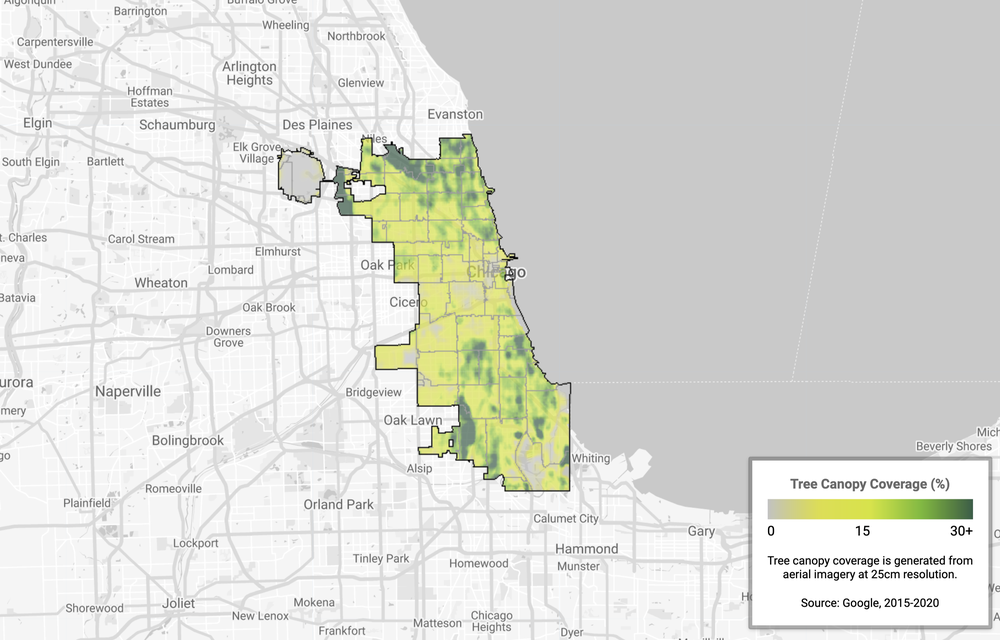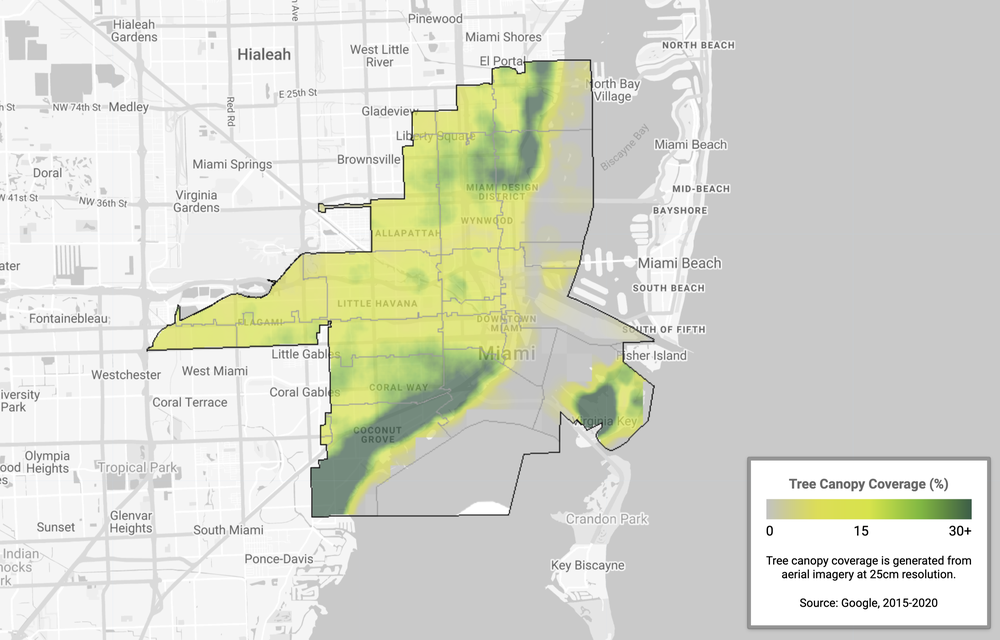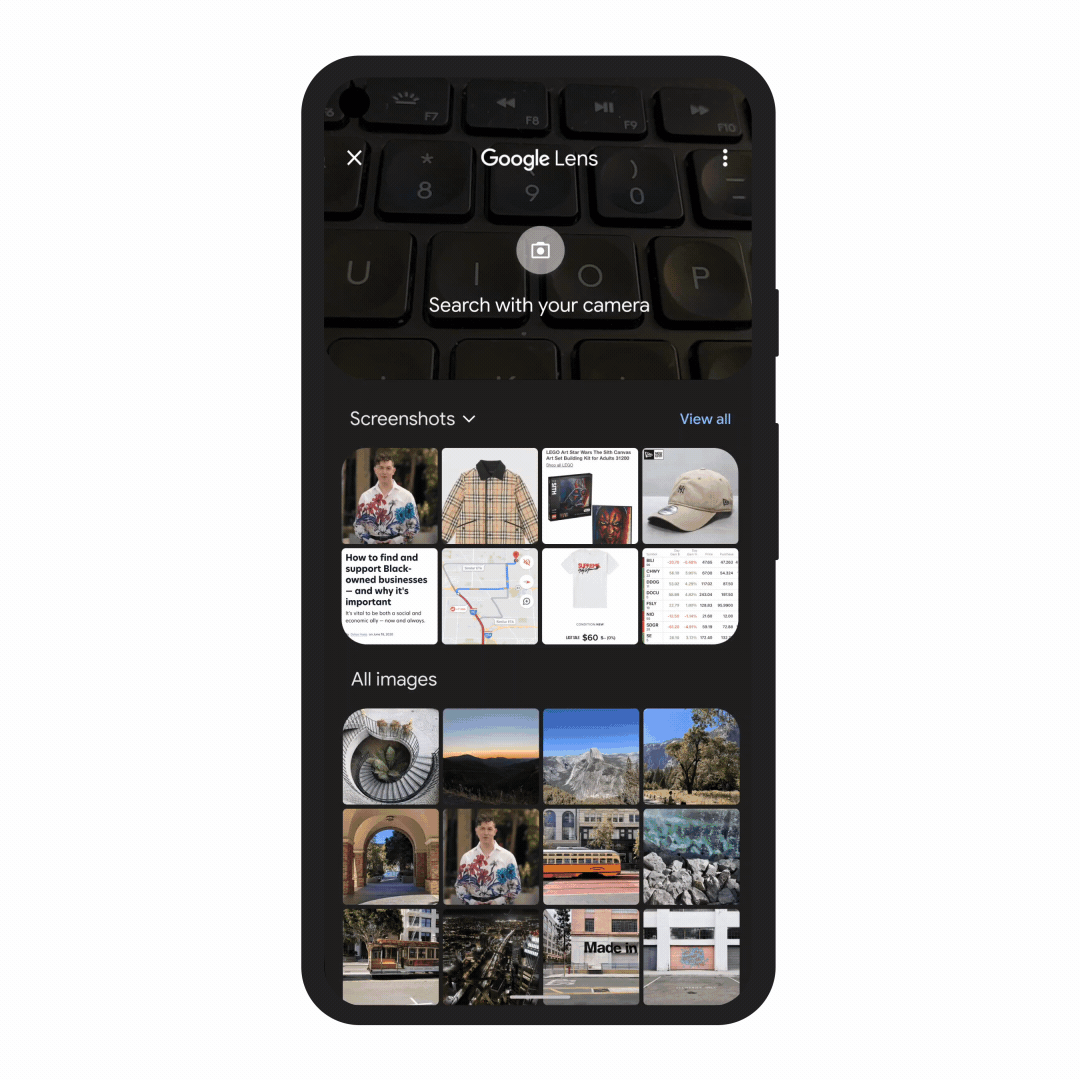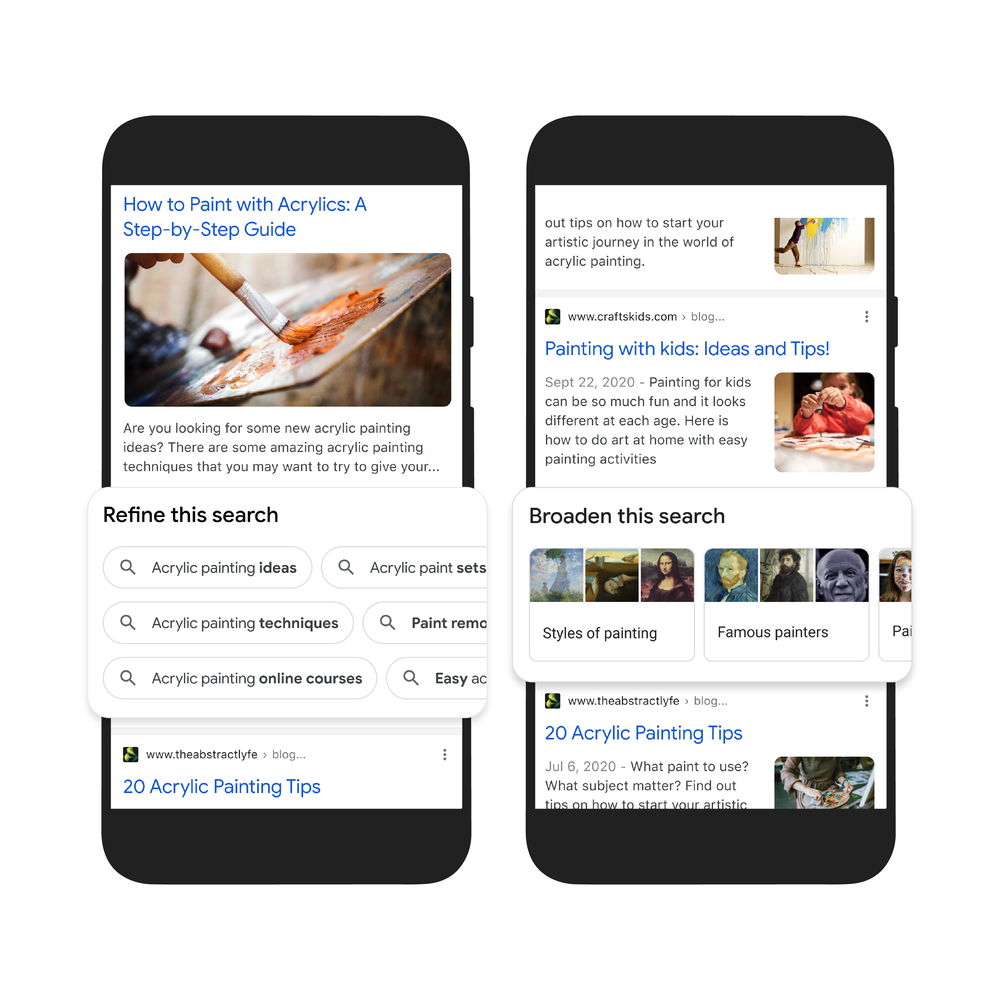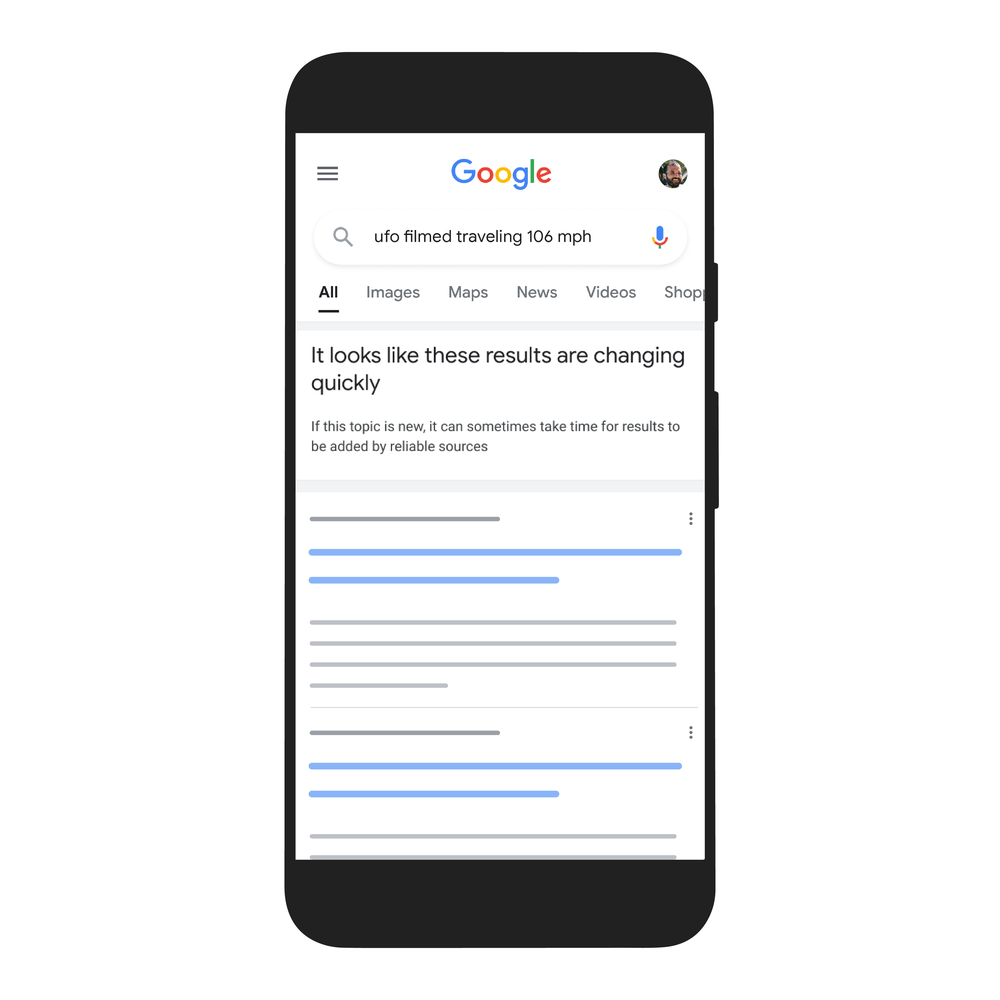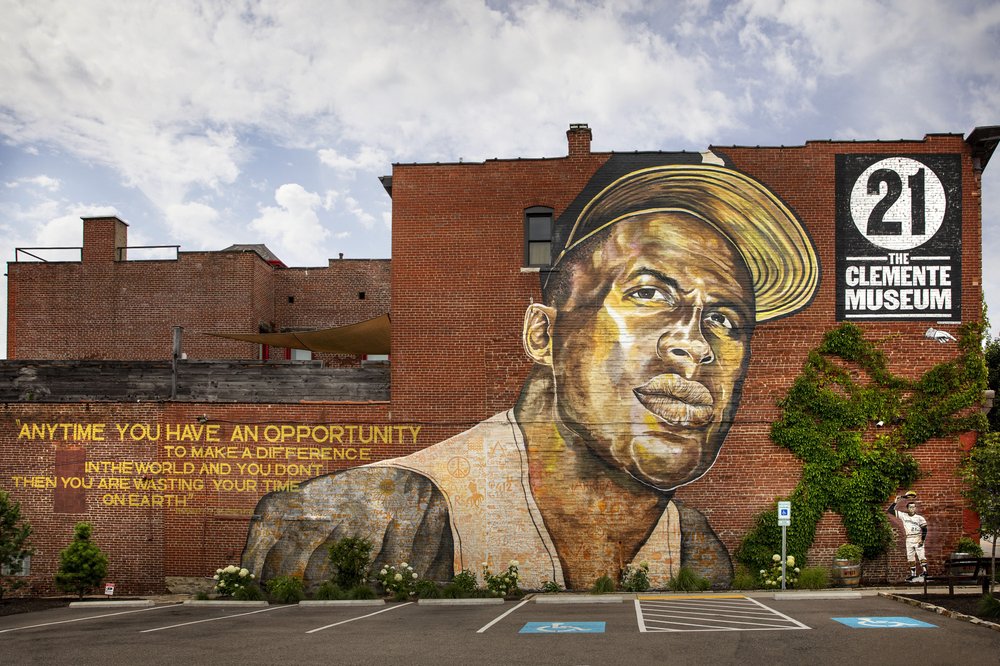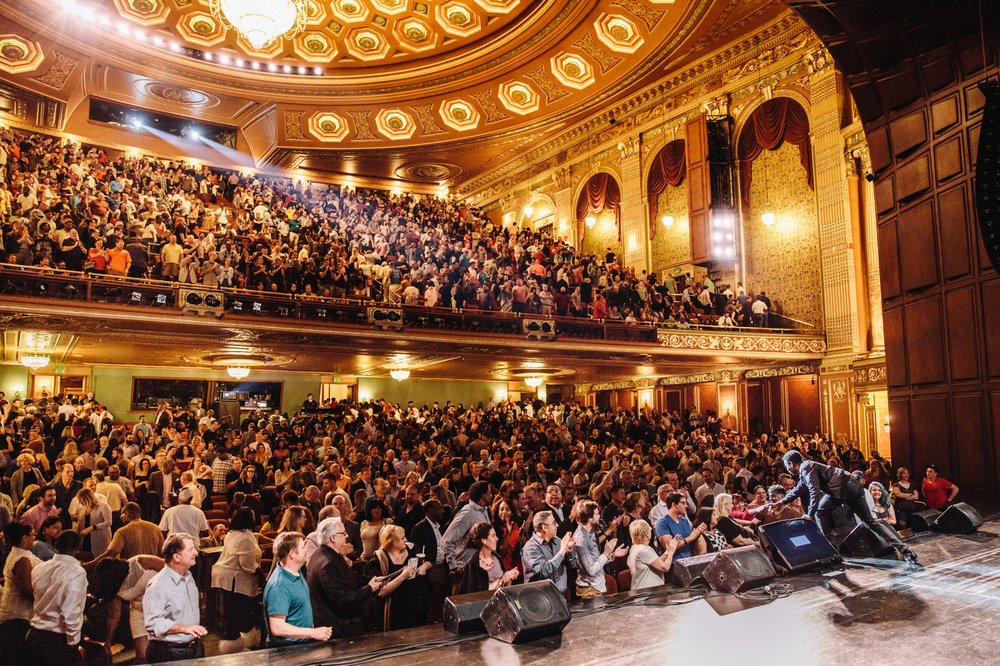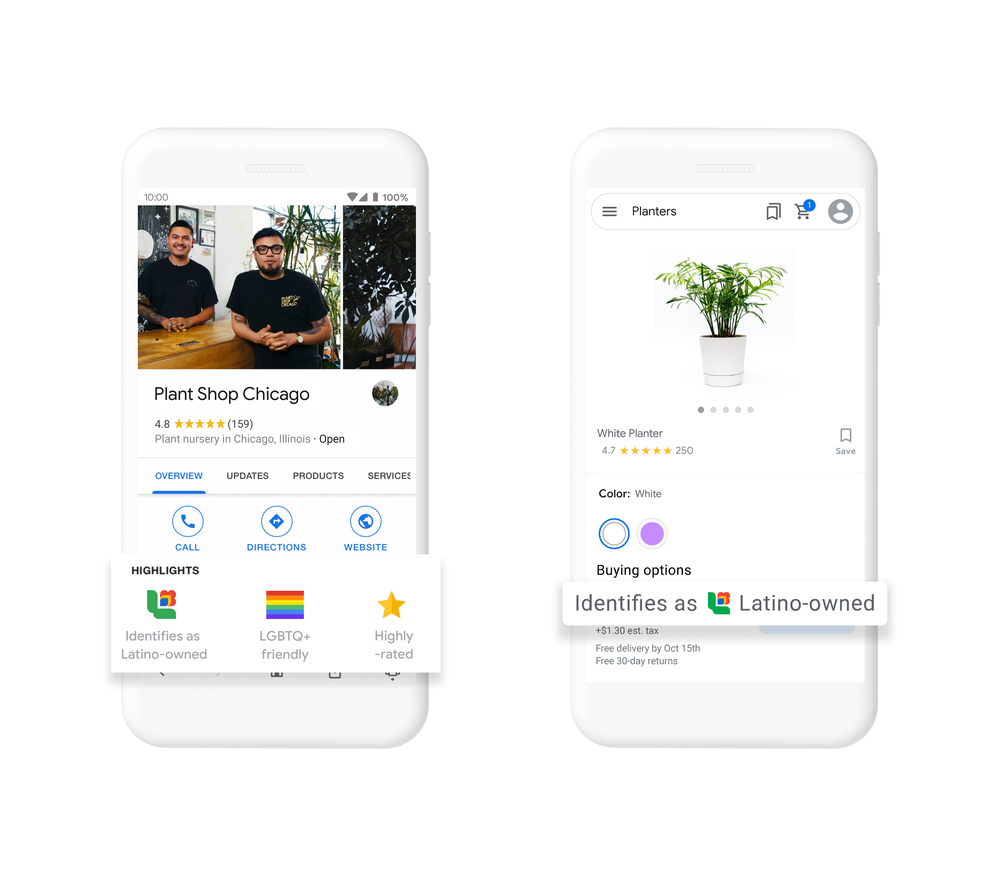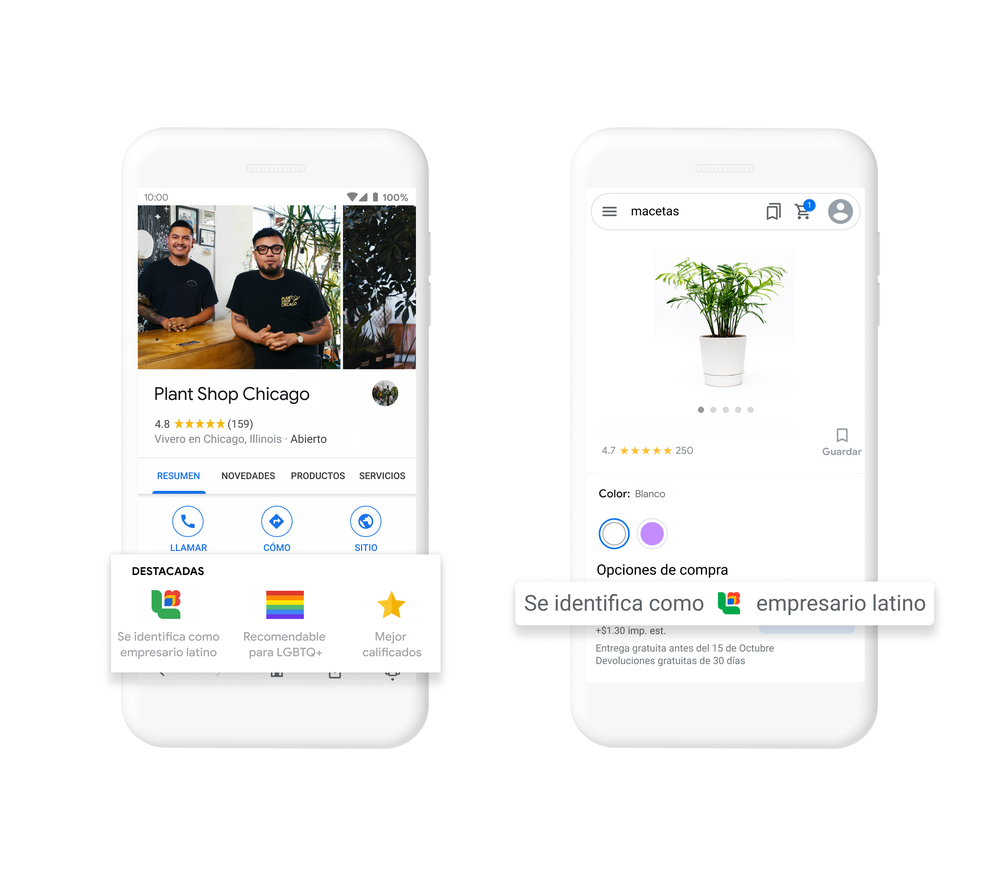Welcome to the latest edition of “My Path to Google,” where we talk to Googlers, interns and alumni about how they got to Google, what their roles are like and even some tips on how to prepare for interviews.
Today’s story is all about Saad Hamid, who’s based in Singapore. Saad shares his journey of starting the first Google Developer Group in his hometown of Islamabad, joining Google’s Developer Relations team, and landing his current role on our App Developer Sales team.
What’s your role at Google?
I’m a Growth Manager for the AppDev Sales team. I help app developers and startups grow their businesses by uncovering potential opportunities in local and international markets. I get to watch them open new offices, hire diverse teams and build global partnerships. It’s also rewarding to know that my work supports entrepreneurs in my home country of Pakistan.
What’s your typical workday like?
Right now, like many Googlers in Singapore, I’m working from home. My typical workday is filled with internal and external meetings. My external meetings range from helping clients adopt developer tools like Firebase, to sharing growth opportunities in new markets. I get a lot of energy from talking to people, so I love meeting with my teammates and clients.
And like many other parents working from home, sometimes my two-year-old daughter makes an appearance!
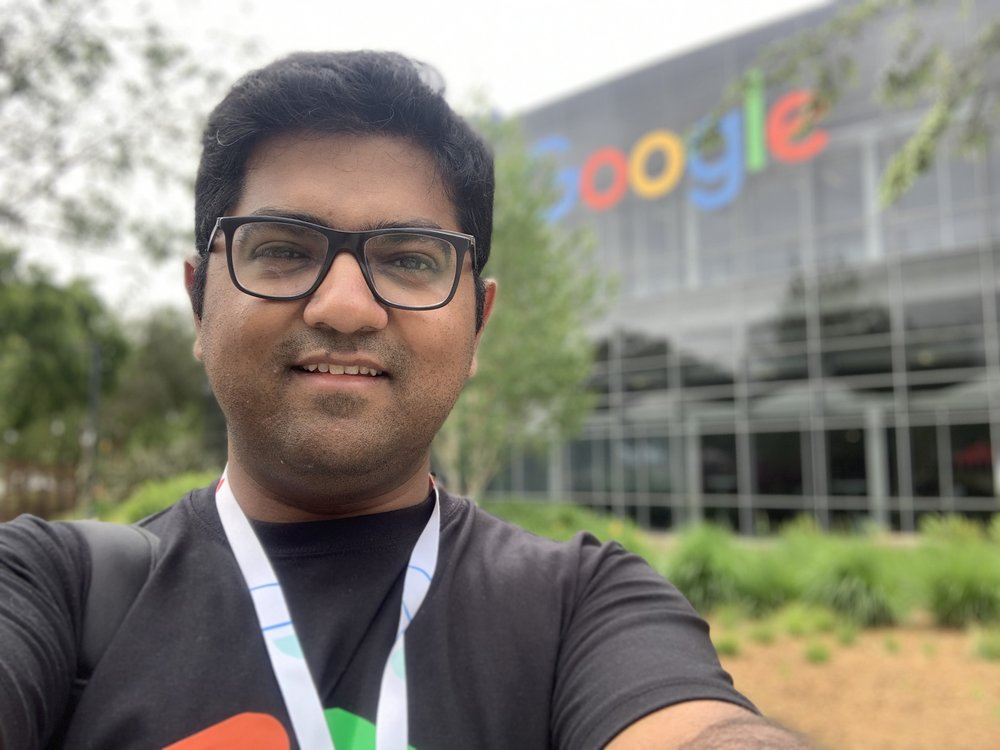
Saad visiting Google’s headquarters in Mountain View, California.
Tell us about yourself?
I grew up in Islamabad, Pakistan and originally studied electrical engineering. I was obsessed with the internet in its early days, which inspired me to experiment with online businesses and led me to my role at Google. My hobbies include making a lot of bad dad jokes and coming up with unconventional dishes, like biryani with strawberries — I call it the Strawbiryani!
Are there any key themes in your path to your current job at Google?
My passion for community building has helped me meet a lot of great people, and led me to where I am today. Before joining Google, I ran a startup. And before that, I was part of a local startup accelerator that supported the Pakistan tech ecosystem.
Back in 2012, I started a Google Developer Group (GDG) chapter in my city — one of Google’s volunteer community programs to train developers in the latest technologies. As a GDG manager, I ran community events, workshops and hackathons for developers in Islamabad. Eventually, I became Pakistan's first Google Developer Expert (GDE), sharing insights and expertise about Google products with the local developer community.
Google’s size, scale and impact always attracted me, and ultimately inspired me to apply. I first joined as a Community Manager on the Developer Relations team, where I was responsible for managing several Google Developers Programs — including Google Developer Groups, Google Developers Experts, Developer Student Clubs, and Women Techmakers.
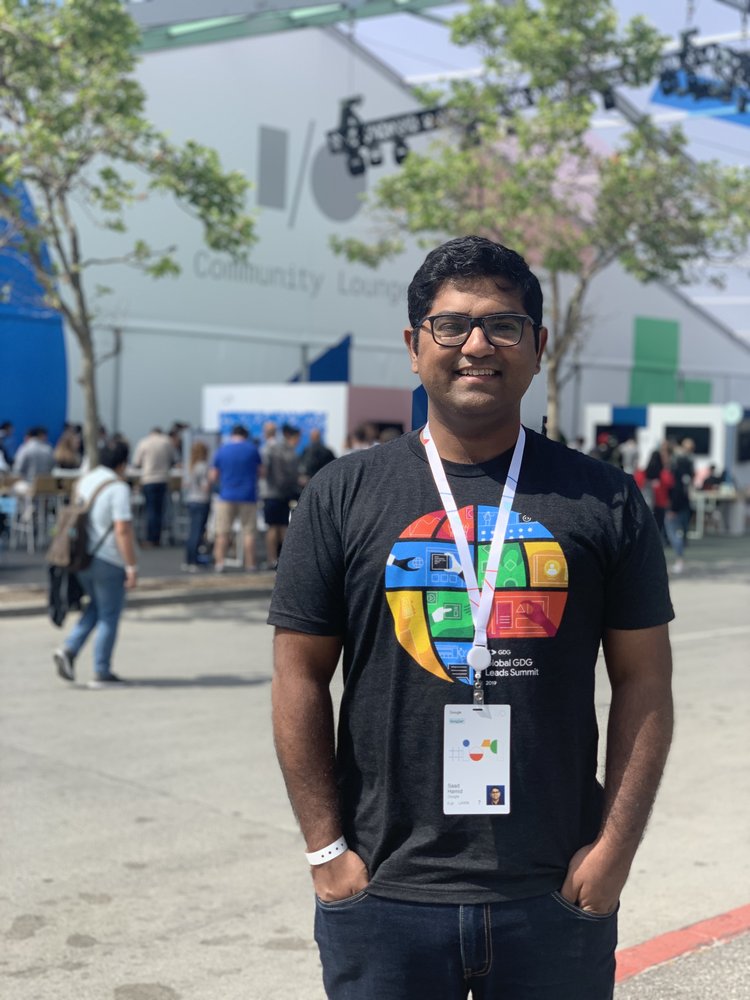
Saad attending Google I/O in 2019.
Tell us about the resources you used to prepare for the interviews?
The best place to start is a blank Google Doc. Imagine all of the challenges you faced in your past roles, and document everything you did to get past them. Reflecting on your work is a great way to prepare for Google interviews. It was also helpful to watch YouTube videos of candidates speaking about the Google interview process.
What advice would you go back and give yourself?
I would definitely tell myself to relax more. I was so nervous during the process that I could literally feel it in my gut. But by the end, thanks to the support from my interviewers, I felt very calm and relaxed.
Do you have any tips for aspiring Googlers?
Don't be your own roadblock. There is nothing in the world that you can't do or achieve. As long as you don't stop yourself from taking a leap and striving for your goals, you will do just fine.
by Daphne Karpel via The Keyword

